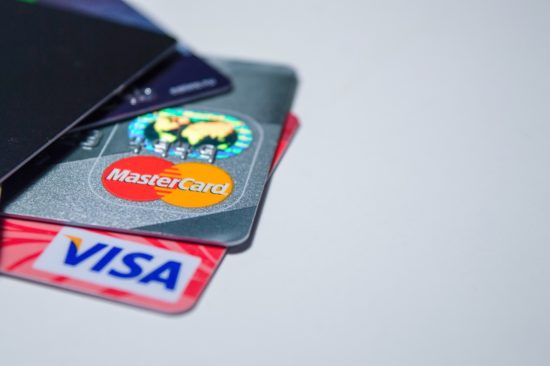
In 2017, data breaches alone exposed approximately 14.2 million credit card numbers. Other scams, like the use of skimmers, and various forms of malware mean even more people are vulnerable. If a criminal gets their hands on your credit card number, they’ll typically use it to make unauthorized purchases. In some cases, your issuer may alert you before a fraudulent charge goes through, letting you decline the transaction via text or over-the-phone. Otherwise, you may have to do a credit card dispute.
A Credit Card Dispute May Be Necessary
However, not every unauthorized credit card transaction is caught in advance. This means you may not know your card number is compromised until a fraudulent charge shows up on your statement or online record.
When you spot an unauthorized credit card transaction, you need to act fast. You only have 60 days after receiving the statement with the fraudulent charge to file a dispute. Otherwise, you could be responsible for the money. If you spot a fraudulent charge, here’s what you need to do.
Call Your Credit Card Issuer
Your first step is to call your credit card issuer. You can find the number on the back of your card, on your statement, or through the lender’s website.
Typically, you’ll either need to select an option to report your card missing or stolen. However, if you connect with a representative immediately, you can also let them know you need to dispute a charge or ask to speak with the fraud department.
Have your statement available or pull up your account online. This allows you to easily identify the charge in question.
In some cases, when doing a credit card dispute; you can report a fraudulent credit card charge through the issuer’s website or mobile app. However, it’s best to call them as well. Usually, to get the card number canceled and a new one issued, you’ll need to speak with a representative. Plus, they may be able to assist with any pending charges you want to allow to go through, ensuring those don’t fail to process.
It’s important to note that, if your physical card is missing, you may be liable for up to $50 in unauthorized charges if they occur before you reported the card as lost or stolen. However, if the card is in your possession, you are not liable for any amount.
Speak with the Merchant
At times, your card issuer requires you attempt to resolve the situation with the merchant. If this occurs, call the store and request to speak with a manager. Take notes about the conversation, including the date, time, name of the manager, and anything they say about handling the dispute. This may be another step needed in a credit card dispute.
Be aware that some criminals can spoof the merchant information that appears on your statement, so this may not provide results. However, once you make an attempt, you can recontact your issuer. Provide the representative with details about your call to the merchant and that they could not assist. After that, you should be able to address the fraudulent charge with your lender.
Follow Up with a Certified Letter
After your phone call with your issuer, follow up with a certified letter. Send it to your issuer’s fraud department and reference details from your phone call. For example, note the date and time you made the report as well as the name of the representative you spoke with first. Then, reiterate which charge is fraudulent and assert that it is unauthorized.
The letter serves as an additional level of protection, ensuring you have proof that you made a report in a timely fashion.
Monitor Your Account
The amount of time an issuer needs to review your claim varies. However, while the case is under investigation, you are not responsible for the disputed amount.
Keep an eye on your account to make sure that you aren’t being charged any fees or interest on that purchase during the investigation. By law, they can’t hold you liable for the charge unless they determine it was actually authorized.
In most cases, you can find out how long it will take for the dispute to settle when you speak with the representative. At times, removal may occur within a few days. However, depending on your unique situation, it could take weeks or longer.
Monitor your account to make sure the removal of the charge goes through properly.
Check Your Accounts Often
Even after the fraudulent charge is removed and you receive a new card, you need to remain vigilant. Check your accounts often, either online or by reading your statements. This allows you to identify unauthorized credit card transactions early, increasing the odds that you won’t be responsible for the charge.
Additionally, if your card is ever lost or stolen, report that as soon as possible. That way you won’t be liable for anything after you make the report and can get a new card quickly.
Have you ever had to do a credit card dispute? Tell us about your experience in the comments below.
Looking for more great articles? Here are a few to get you started:
- Beware of Annual Credit Report Scams
- How to Avoid Debit Card Fees
- Credit Karma Makes Credit Report Errors Easier to Fix
If you enjoy reading our blog posts and would like to try your hand at blogging, we have good news for you; you can do exactly that on Saving Advice. Just click here to get started.
Tamila McDonald is a U.S. Army veteran with 20 years of service, including five years as a military financial advisor. After retiring from the Army, she spent eight years as an AFCPE-certified personal financial advisor for wounded warriors and their families. Now she writes about personal finance and benefits programs for numerous financial websites.
Comments